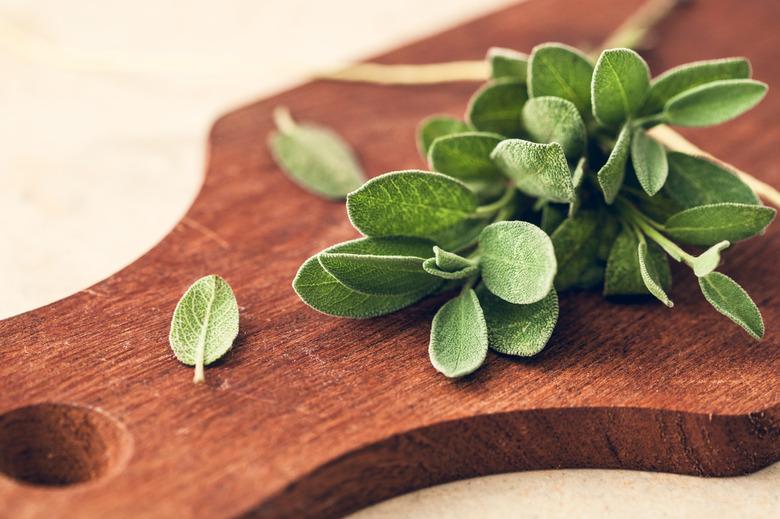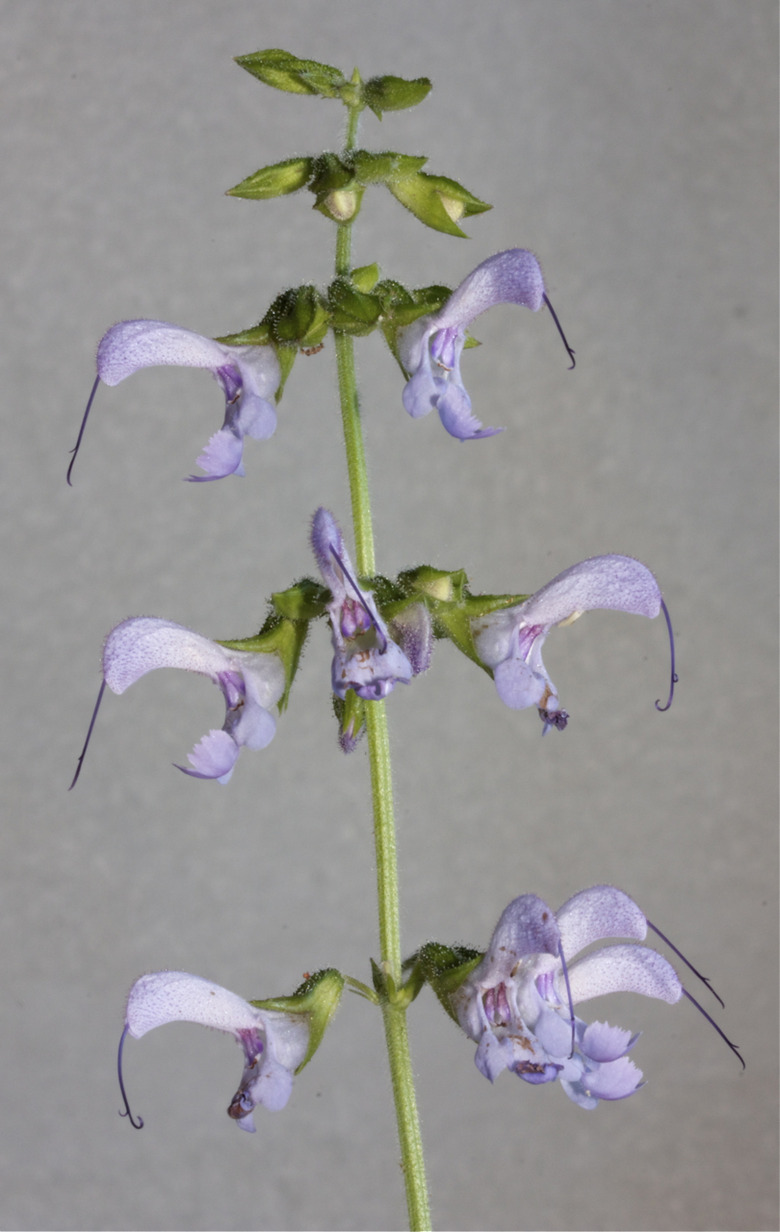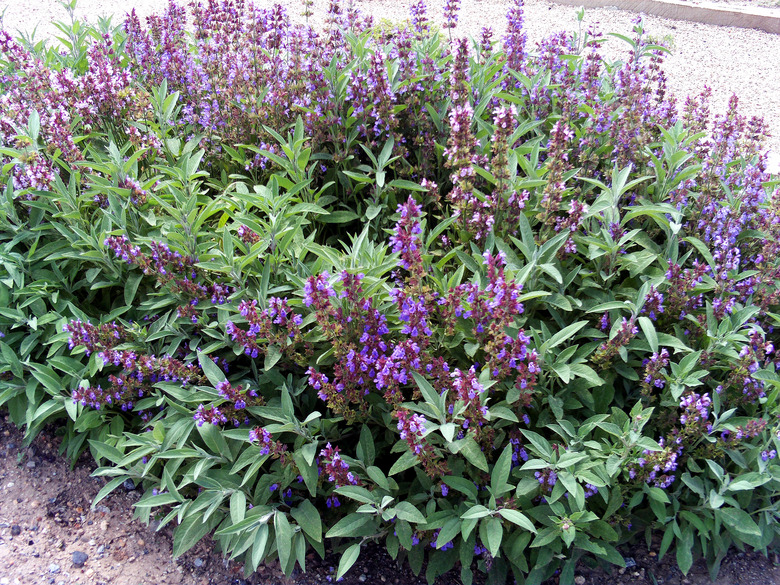The History And Various Uses Of Sage
Sage (salvia) has been known to exist for over 4,000 years, so the fact that it turns up in the popular video game Red Dead Redemption 2 as a source of stamina for its participants is a testament to the perceived medicinal qualities of the plant. However, there are many faces to this plant.
The Hundreds of Different Species of Sage
The salvia genus is actually a collection of over 700 species. Some cultivars stay small while others grow massive, up to 8 or 9 feet tall and wide.
Sage isn't easily defined, as some are annuals and others are perennials, such as the Old World versions that came from Europe and Asia and the American versions that grow in the western part of the United States. Some species of salvia are evergreen, while others die to the ground during the winter.
All sage, which comes from the Mediterranean region, was grown by ancient Chinese, Greeks, Romans and Egyptians, while the pharaohs used it as an embalming ingredient. To the ancients, sage was a sacred plant, and in the Middle Ages it was deemed a symbol of fertility, good health and long life.
It also thought to chase away evil spirits, which perhaps is where smudging a home with a bunch of smoking sage originated, according to Salvia, Sage History.
Ornamental Sage vs. Common Sage
Ornamental salvia is preferred by hummingbirds, bees and butterflies, and it's attractive in the garden and landscape. However, it's not good for the human stomach. Common sage is the herb used in cooking and in medicinal preparation.
The Fascinating History of Medicinal Sage
Red sage (Salvia miltiorrhiza) sage is known as one of the oldest and most important medicinal plants, written about by many ancient medicine men, from China to Persia to Italy to Egypt.
Charlemagne revered the plant, and it became the number one plant in local gardens. It has been considered one of the few plants known to have antibiotic capabilities. The famous herbalist Sebastian Kneipp once described having the cultivar of sage in a garden as akin to having a natural pharmacy at hand.
Warning
The National Institutes of Health, which reports that not a lot of study has gone into the medicinal properties of sage, writes: "Sage has not been clearly shown to be helpful for any health condition." So much for modern medicine debunking the ancients. Most modern descriptions of sage and its medicinal qualities contain the word "may": It may improve memory, and it may lower bad cholesterol, writes Healthline.
Studies regarding red sage and its importance to memory health have shown a marked improvement in brain and memory functions, however. The herb is loaded with antioxidants, which work in conjunction with brain function.
In one study, participants who took sage extract supplements for 60 days did show better performance in memory, cognitive abilities, reasoning and problem-solving. Score another point for the ancients!
Cooking With Common Sage
Common sage (Salvia officinalis) is the plant we use when we need herbs and flavorings for cooking. Think of your Thanksgiving turkey with sage stuffing.
Your grocery store species of common sage is light green in color with a silver overtone. Culinary sage also comes in a variety of colors and configurations, with edible flowers.
Tip
Sage is a natural food preservative, because of its antioxidants and antimicrobial properties. Add a sprig when storing meat in the refrigerator days before cooking or to deli meats and bacon.
The aroma of sage is intense, but it's usually buried in the variety of ingredients that make up Thanksgiving stuffing. But it is also prominent in sage teas, such as Chinese herbal tea.
Sage isn't for the delicate dishes you make, but it enhances hearty roasts, root vegetables, and even perks up pasta when used sparingly.
Sage has an earthy taste, with a slight peppery overtone and a hint of mint, eucalyptus and lemon. Experts suggest that you add your sage at the beginning of the cooking process because of its strong flavor and aroma. For a creative touch, add a sage leaf or two to a gin and tonic to bring the cocktail up a notch.


